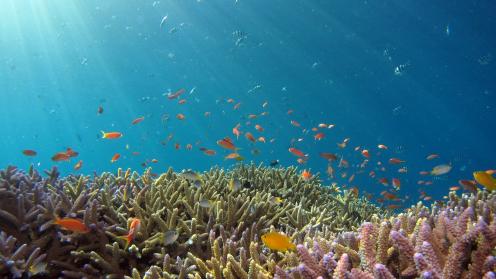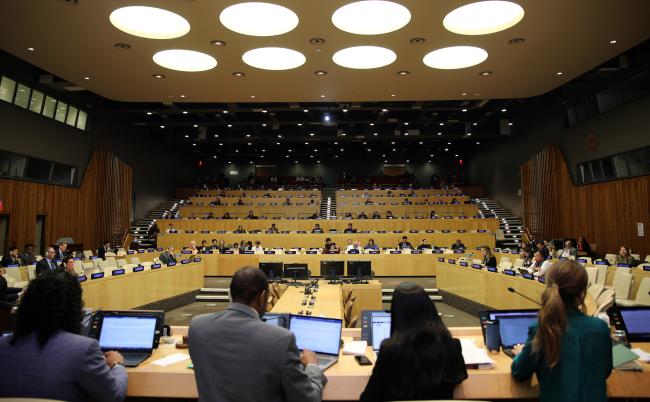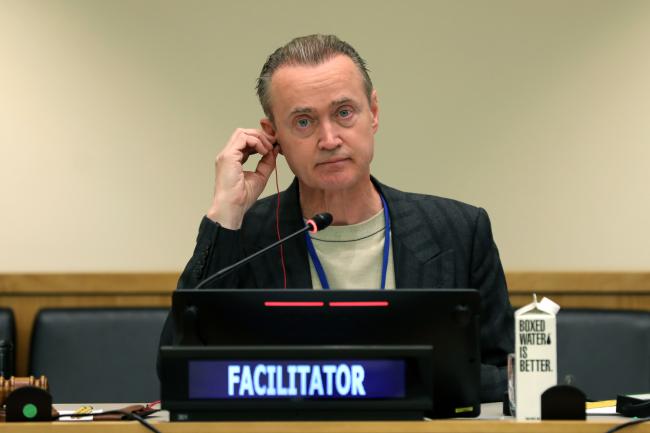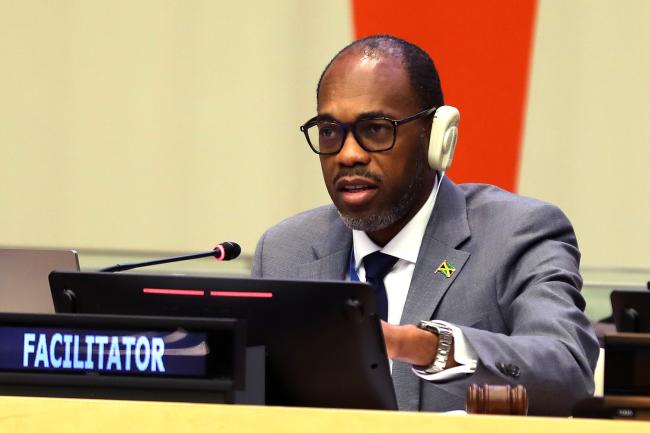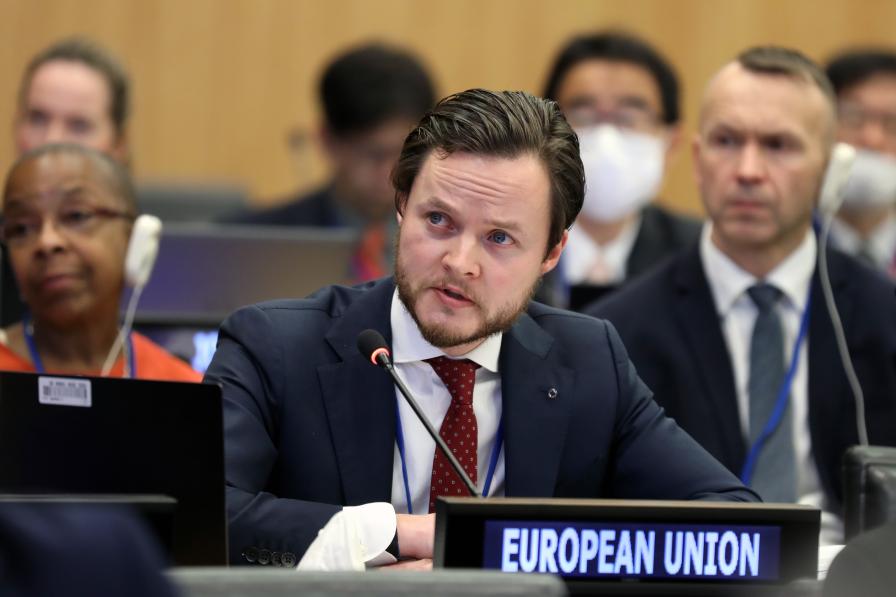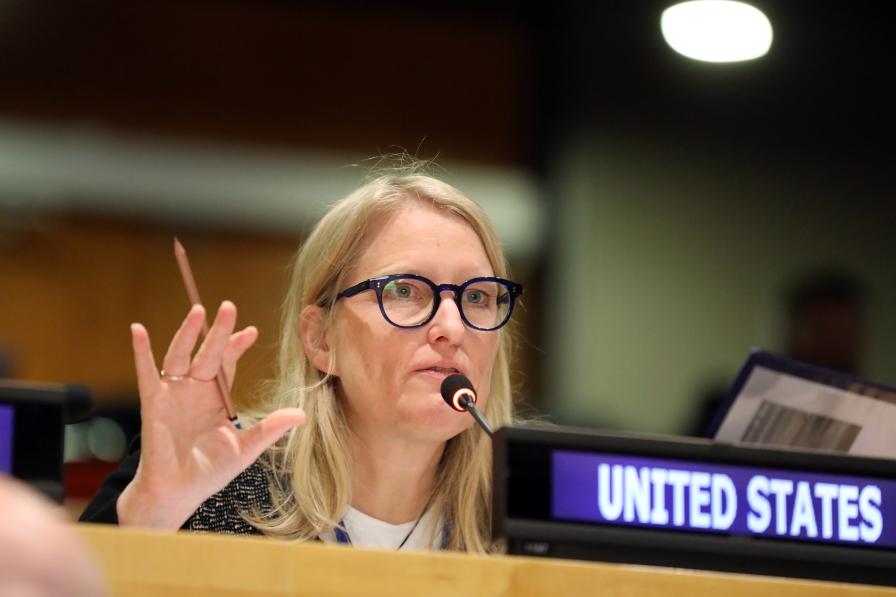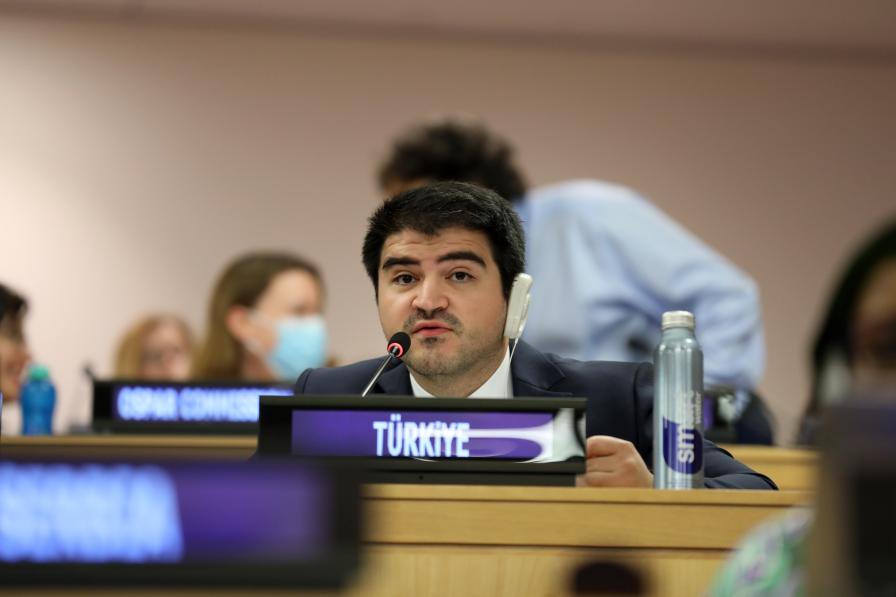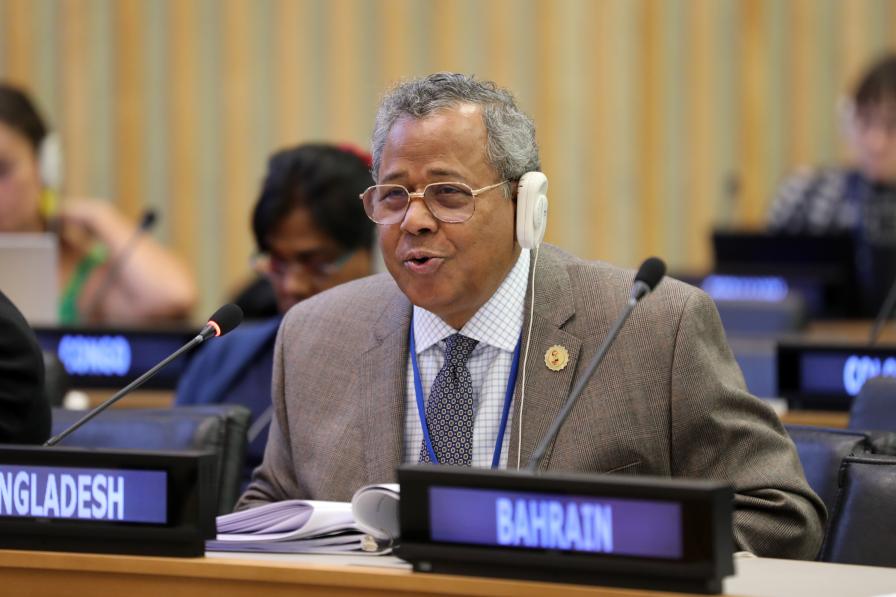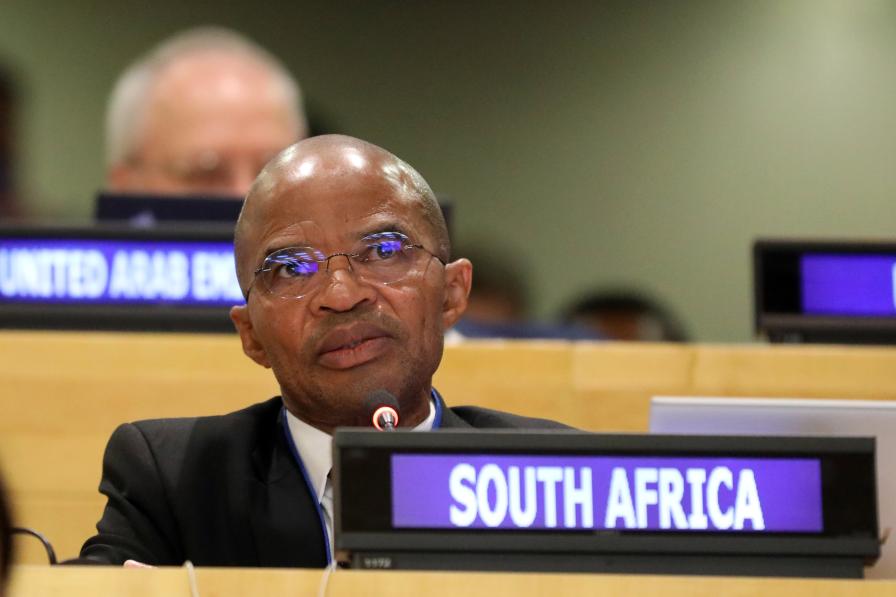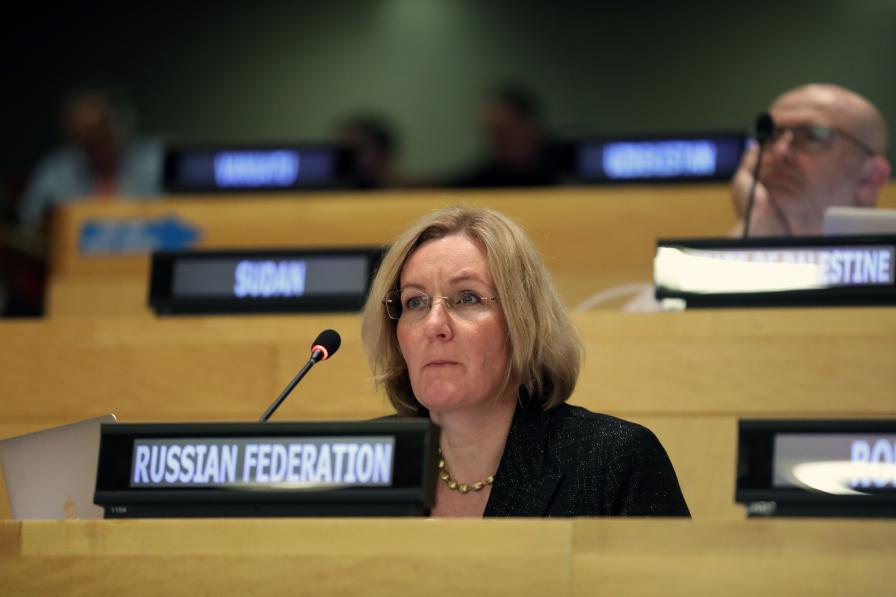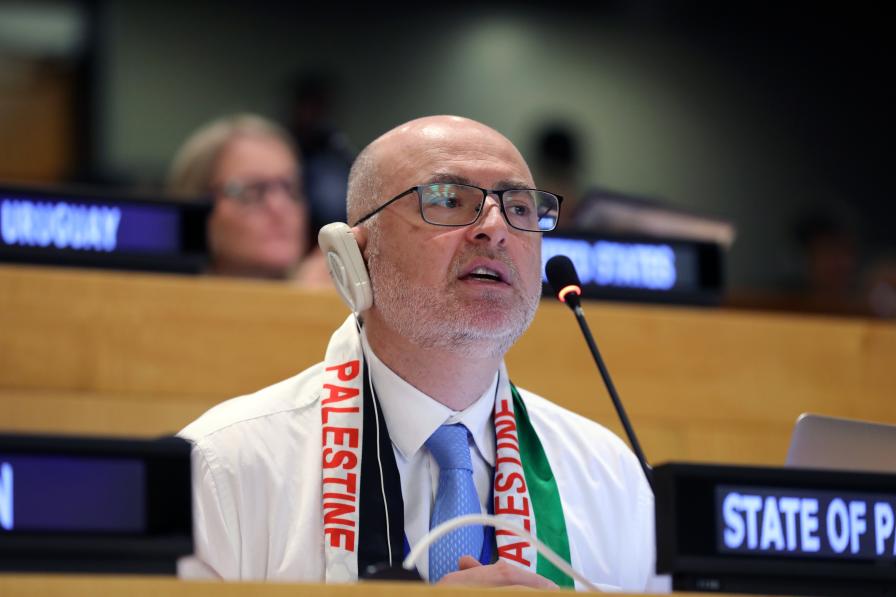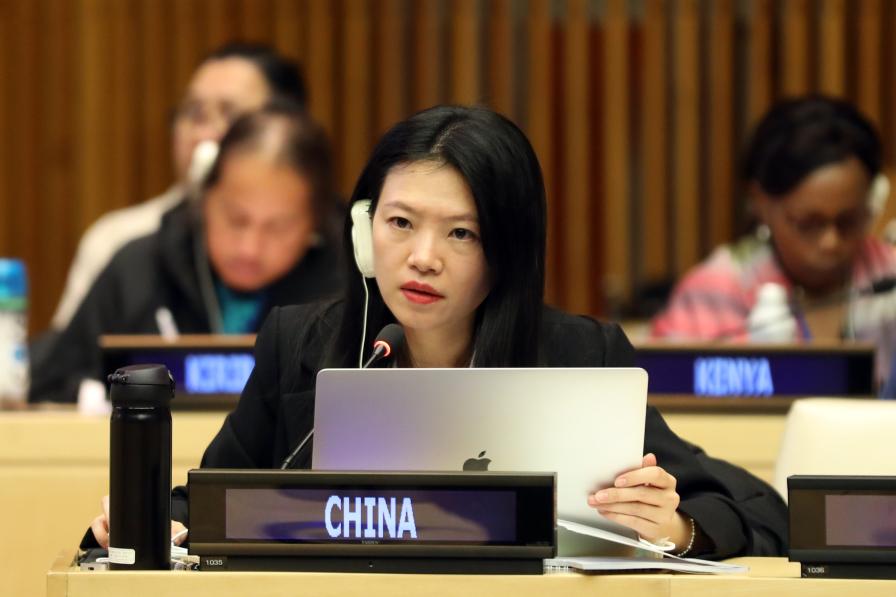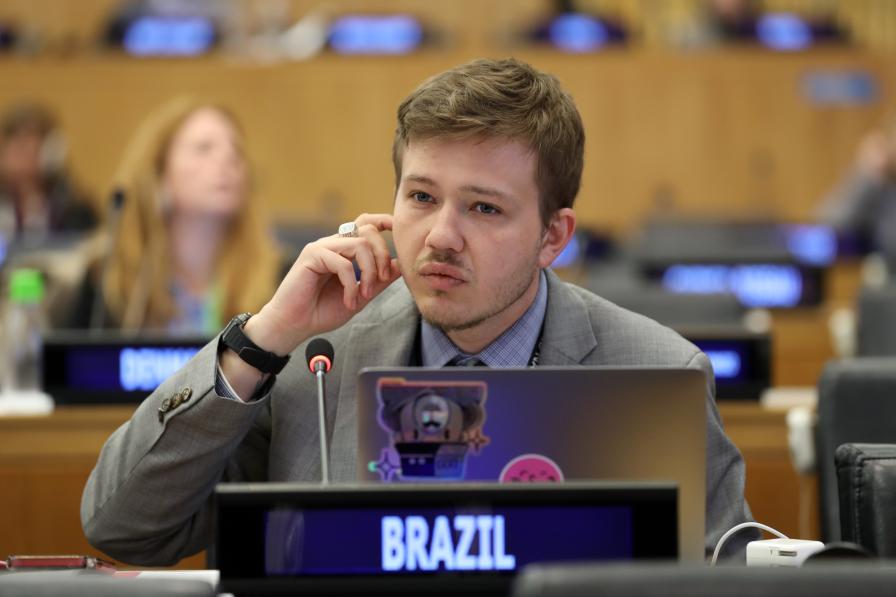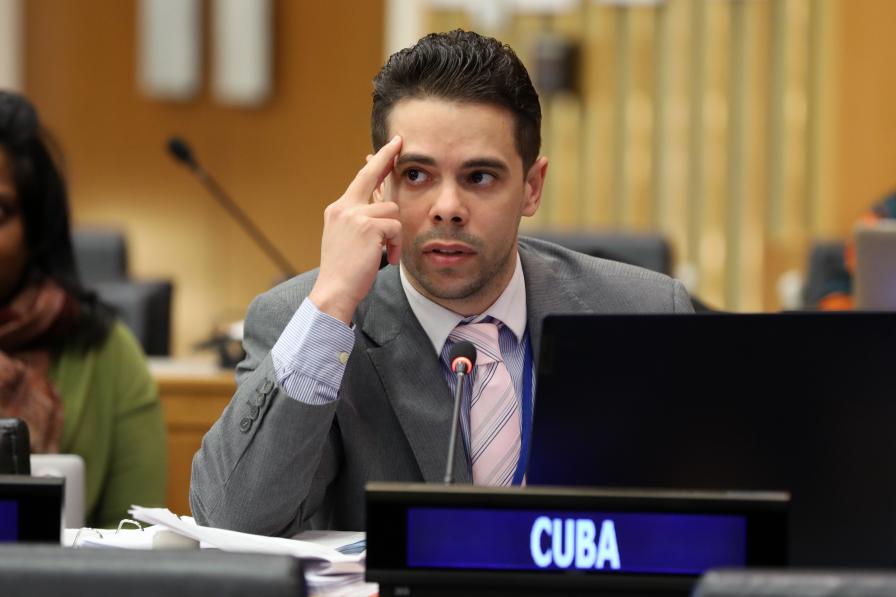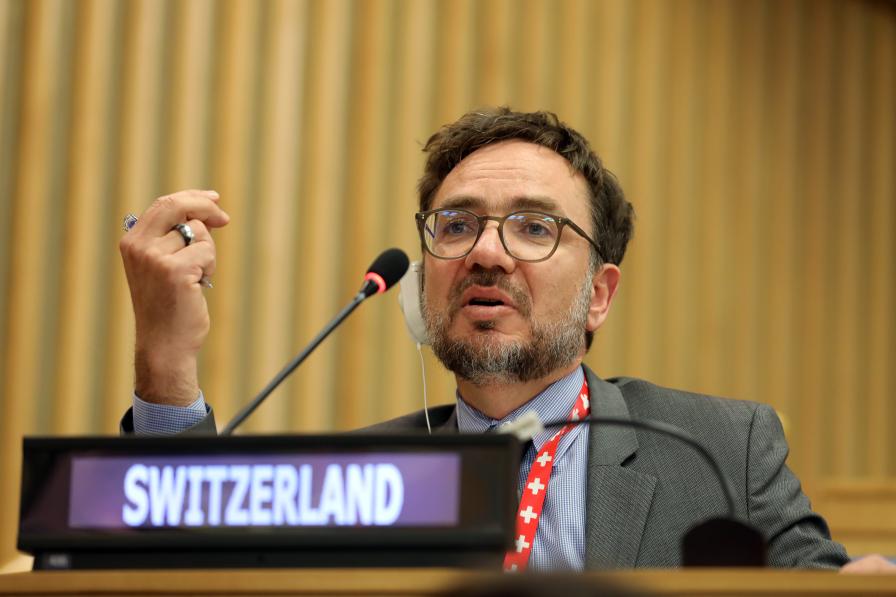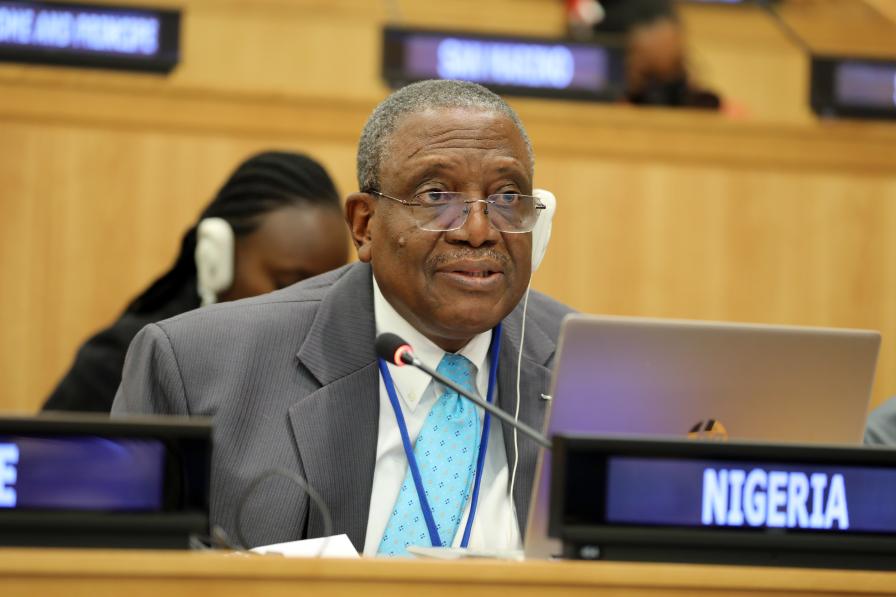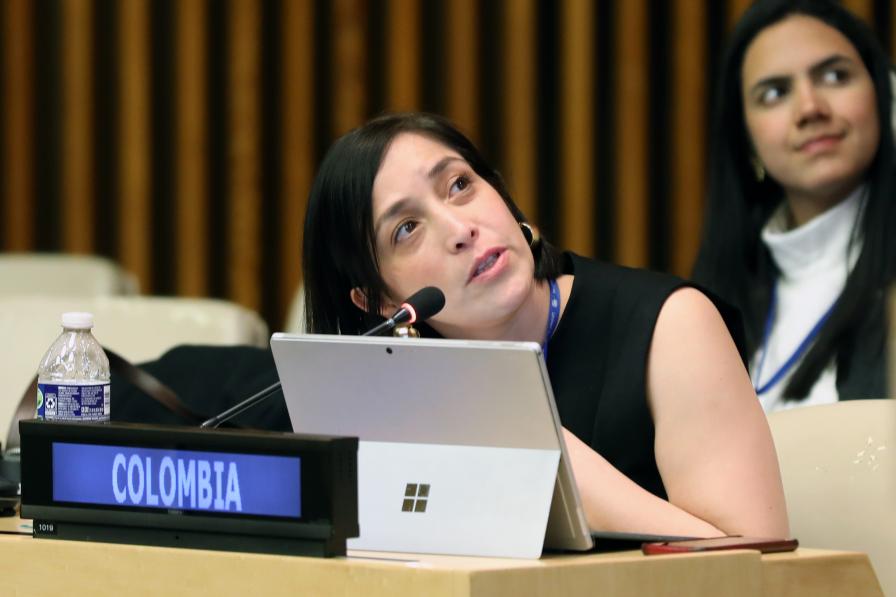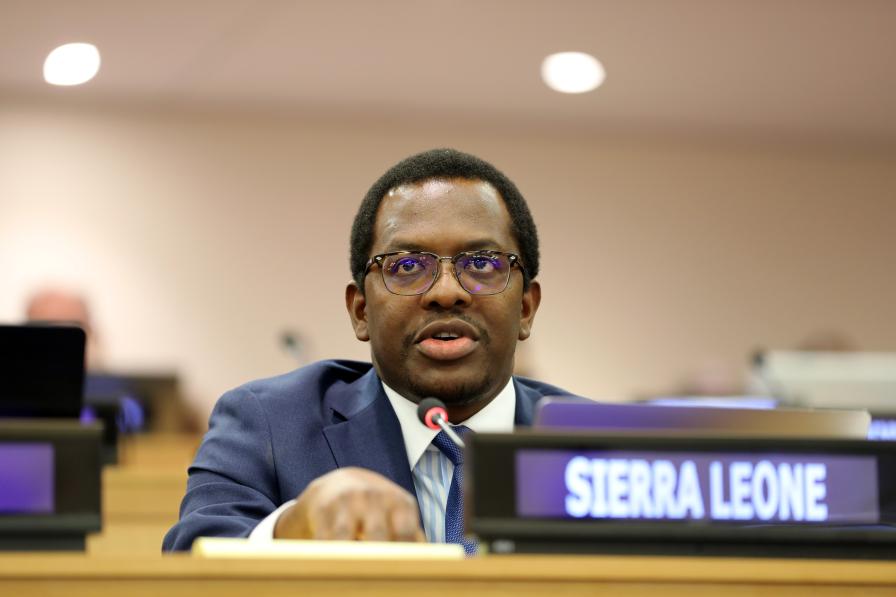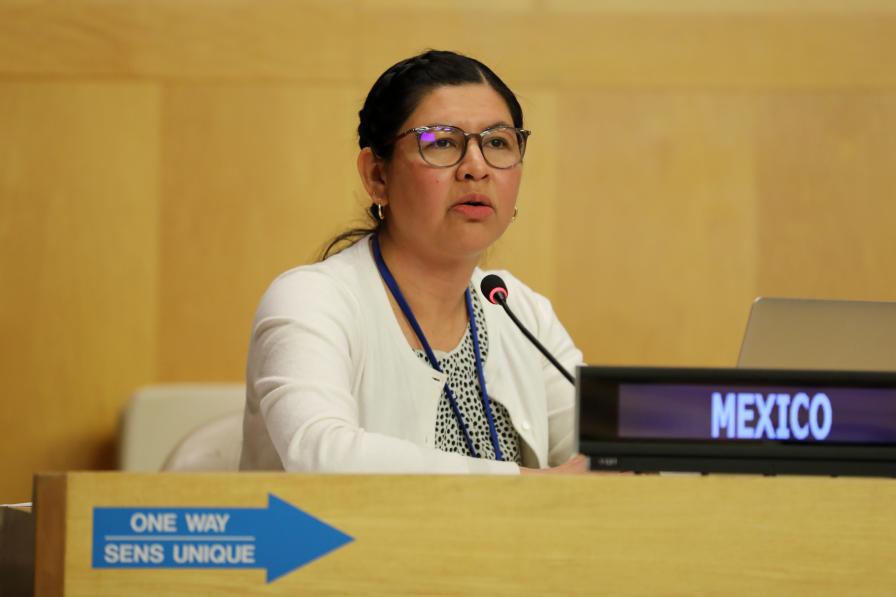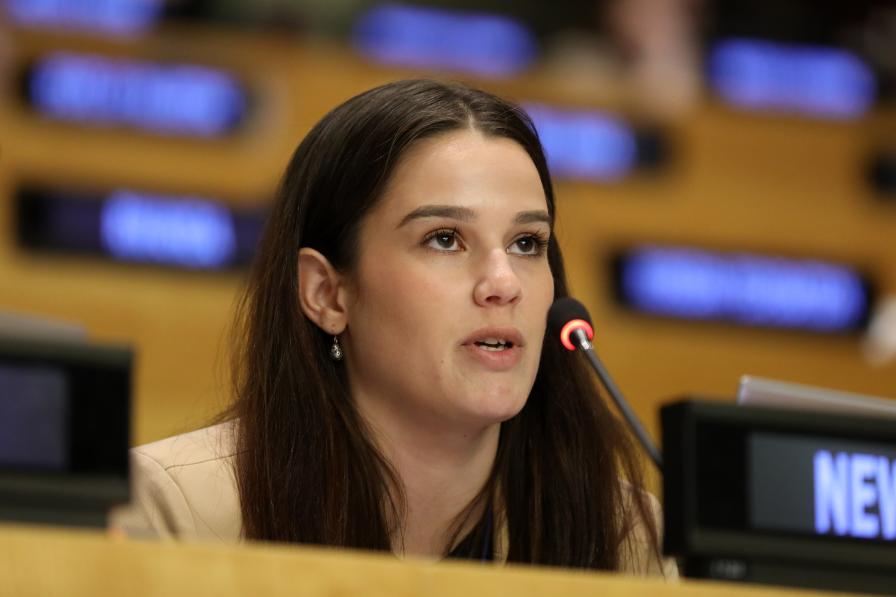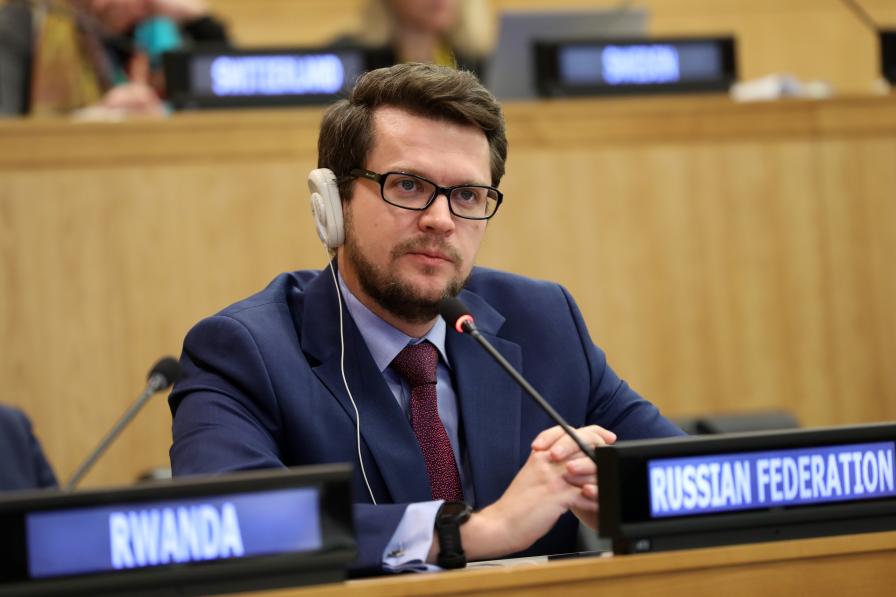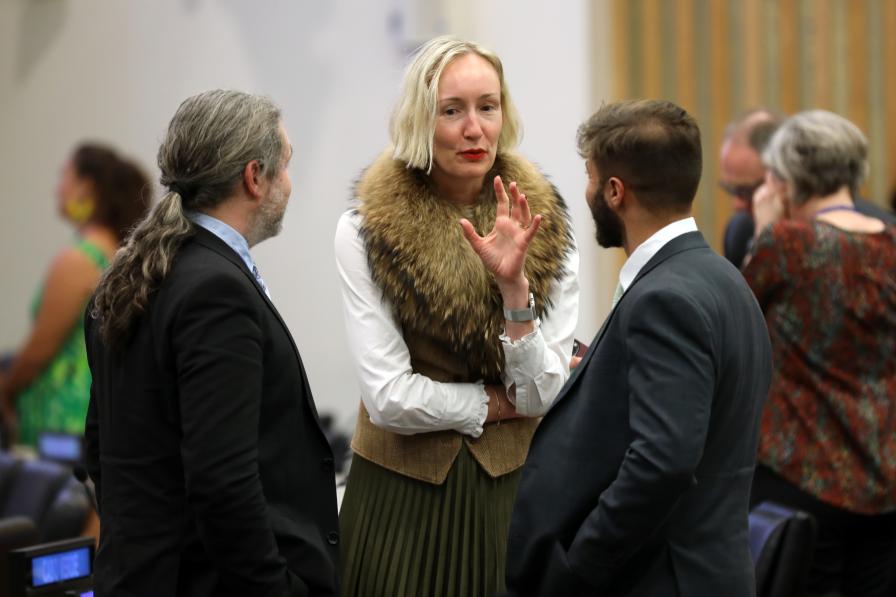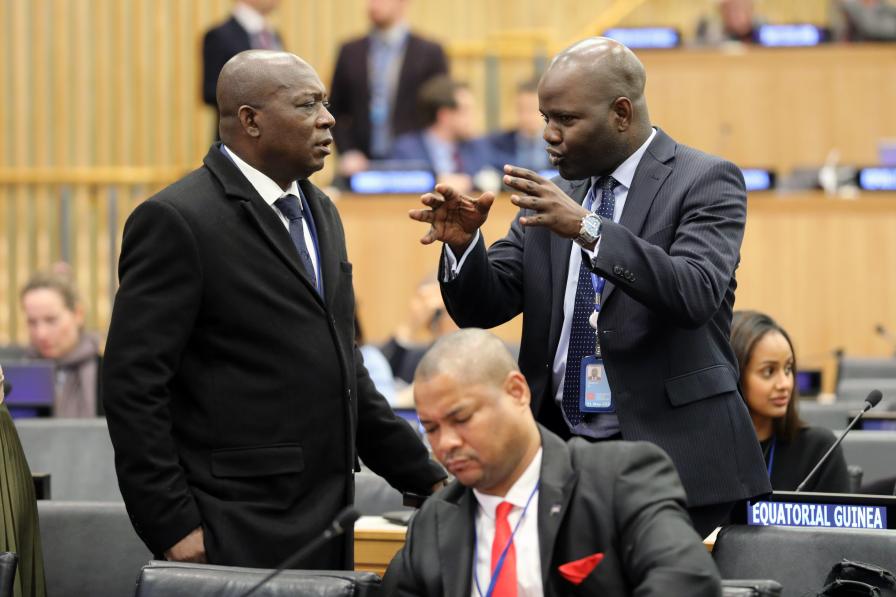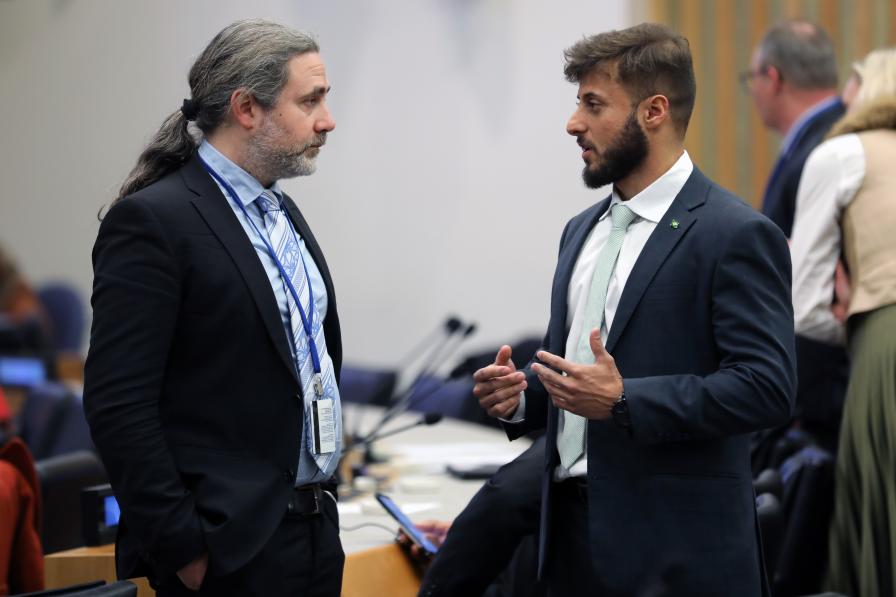Delegates tried to maintain the good spirit and constructive attitude as they dove further into the technical details as the resumed fifth session of the Intergovernmental Conference (IGC-5.2) on the conservation and sustainable use of marine biological diversity of areas beyond national jurisdiction (BBNJ) continued at the UN Headquarters in New York on Tuesday, 21 February 2023.
Want to dive deeper? Read the full Earth Negotiations Bulletin daily report.
In the morning, in two informal-informal meetings in parallel, delegates discussed the finer details related to environmental impact assessments (EIAs) in one room, and general provisions to be included in the treaty in another. Delegates considered the provisions related to the general objective and application of the agreement. During their discussions, some drew linkages between the BBNJ agreement, and the Convention on Biological Diversity (CBD) three pillars related to conservation, sustainable use, and fair and equitable benefit-sharing. They also entered the choppy waters of the relationship between the new treaty and existing bodies, instruments, and frameworks, replaying arguments about how best to ensure that the agreement does not undermine these measures. Discussions also opened on the general principles and approaches that will govern the new instrument, resurfacing long-standing arguments about whether the principle of the common heritage of humankind, among others, shall be included.
Facilitated by René Lefeber, the Netherlands, delegates addressing EIAs resumed their discussions on two sticky items: the obligation to conduct EIAs; and the threshold for conducting EIAs together with the details of a potential tiered approach. Many delegations expressed preference for an option that provides flexibility to countries to either follow the provisions of the new BBNJ agreement or those of relevant national processes. Divergences persisted and discussions will continue. Although progress was made on the factors or criteria to determine if a planned activity meets the threshold, no consensus was reached on the threshold itself. A delegation noted that the high seas ecosystem is less fragile than the Antarctic, with a delegate replying that the whole Ocean is sensitive and that BBNJ should go beyond the UN Convention on the Law of the Sea (UNCLOS) threshold. Another delegation highlighted that an excessively high threshold would create a treaty that no one respects.
In the afternoon parallel sessions, delegates considered provisions related to marine genetic resources (MGRs), including the sharing of benefits. In their discussions, a coalition of countries tabled a full textual proposal, suggesting recommendations on: assessments of research and development activities based on MGRs of areas beyond national jurisdiction; potential commercialization of products; appropriate modalities to operationalize capacity-building and marine technology transfer projects; and the operation of the clearinghouse mechanism.
On the material scope of the agreement, delegates considered the outcome of the work of a small group, which notes that the “provisions of this Part shall not apply to fishing and fishing related activities, and to fish … except where MGRs of areas beyond national jurisdiction, [if known,] are regulated as utilization under this part.”
In the other room, delegates made swift progress on some of the more straightforward points related to dispute settlement, but forwarded the big-ticket item related to the procedures for settling disputes to a small group, which is due to meet later in the week. Significantly, they were very close to agreement on most of the text related to implementation and compliance, including the establishment of a compliance committee.
Small group discussions occurred throughout the day, with delegates considering issues related to capacity building and the transfer of marine technology, area-based management tools, including marine protected areas, and EIAs. Discussions will continue on Wednesday in informal-informal and small-group settings. IGC President Rena Lee will also conduct consultations from Wednesday.
To receive free coverage of global environmental events delivered to your inbox, subscribe to the ENB Update newsletter.
All ENB photos are free to use with attribution. For the Resumed 5th Session of the Intergovernmental Conference (IGC) on BBNJ, please use: Photo by IISD/ENB | Mike Muzurakis
Selected Images from the Negotiations
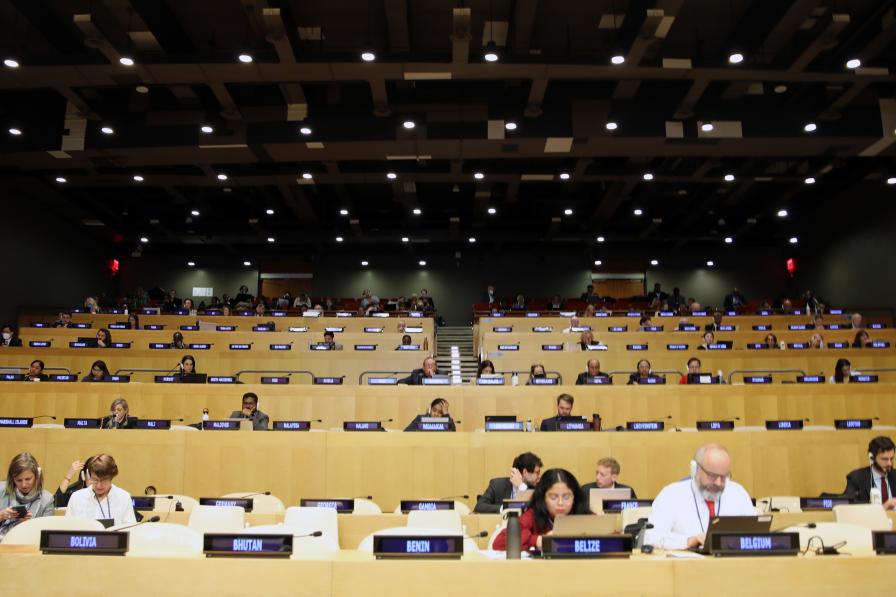
View of the room during informal negotiations on cross-cutting issues and institutional arrangements
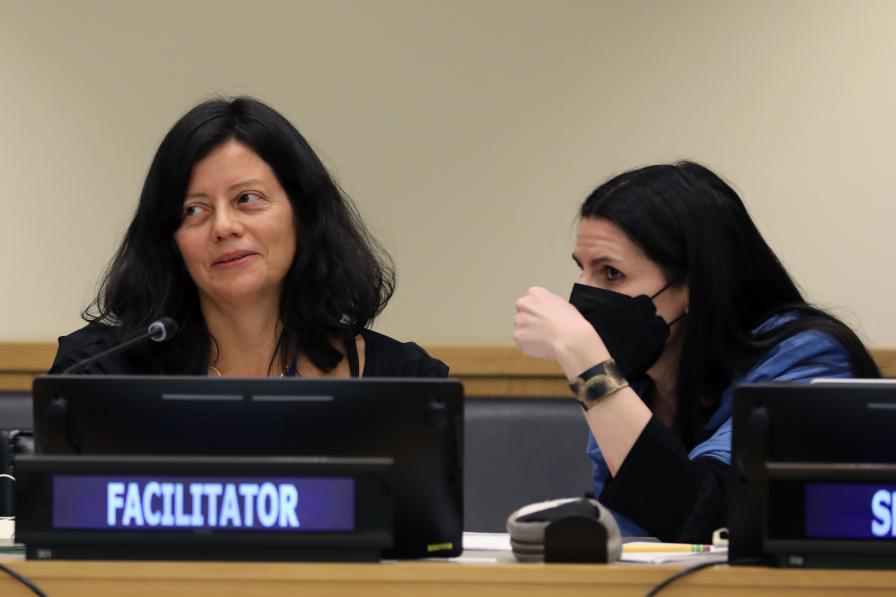
Janine Coye-Felson, Belize, facilitator of the informal group on MGRs, including questions on benefit-sharing, with Charlotte Salpin, UNDOALOS
